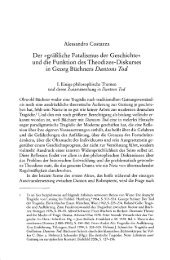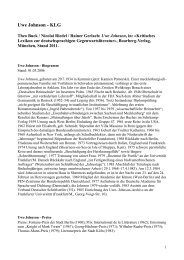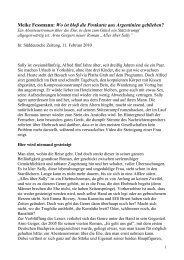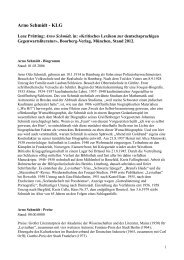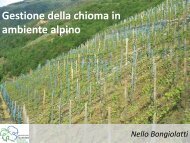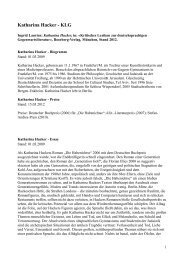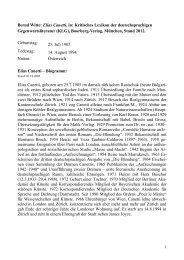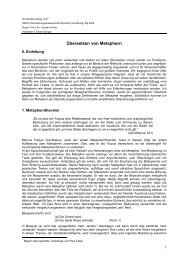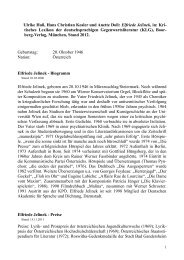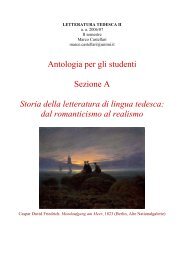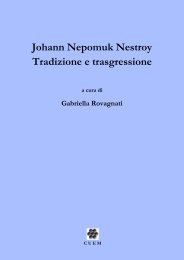Volume of Abstracts - Università degli Studi di Milano
Volume of Abstracts - Università degli Studi di Milano
Volume of Abstracts - Università degli Studi di Milano
Create successful ePaper yourself
Turn your PDF publications into a flip-book with our unique Google optimized e-Paper software.
5 th Int. Workshop on Ice Caves (IWIC – V)<br />
Barzio (LC), Valsassina, Grigna and <strong>Milano</strong>, September 16 – 23, 2012<br />
<strong>Volume</strong> <strong>of</strong> <strong>Abstracts</strong><br />
considered useful in<strong>di</strong>cators <strong>of</strong> warm/wet con<strong>di</strong>tions outside the cave, time<br />
when biogenic-derived CO2-rich waters seeped into the cave.<br />
Future work on these carbonate precipitates may shed light on the<br />
relationship between the oxygen isotope values in the ice layers and<br />
ikaite‟s temperature-restricted field <strong>of</strong> formation. The aim <strong>of</strong> this study is<br />
1) to infer the δ 18 O from hydration water <strong>of</strong> ikaite and cross-calibrate it<br />
against the δ 18 O obtained from ice layers that contain ikaite and 2) better<br />
understand the precipitation <strong>of</strong> ikaite and its transformation into anhydrous<br />
carbonate. The results can serve as basis to further explore other<br />
paleoclimatic and paleoenvironmental implications the presence <strong>of</strong> ikaite in<br />
perennial ice cave accumulations might have.<br />
WHAT CAUSED THE LEDS IN CAVE LIGHTING?<br />
Novomeský J. 1<br />
1 COMLUX sro – lighting stu<strong>di</strong>o, SK–82104 Bratislava, Kopanice 5, Slovakia (COMLUX@COMLUX.SK)<br />
The LED are suitable for use in cave lighting equipments (CLE) since about<br />
5 years. But some <strong>of</strong> the newest CLE do not perform as well as expected<br />
for these modern lamps. It seems that many planers and users don‟t have<br />
enough technical and practical knowledge and experience about it and its<br />
application. Some new, no properly designed LED CLE, produce too much<br />
or not enough light in the cave, cause quite strange unnatural colors and<br />
the feeling <strong>of</strong> space deformation. And in the worst case help to intensive<br />
grow <strong>of</strong> lamp flora.<br />
To avoid some <strong>of</strong> the mistakes that can happen from improper use <strong>of</strong> this<br />
new light source, experimentation with possible LED white light colors and<br />
comparison with previous incandescent lamps found, that there is<br />
necessary to suit the color temperature <strong>of</strong> used LED with the main color <strong>of</strong><br />
cave walls, to use only LED <strong>of</strong> the best quality with efficiency <strong>of</strong> more than<br />
50 lm/W and color rendering index better than 80. Further is to avoid any<br />
violent experiments with the light effects and to install the properly<br />
quantity light into the cave. Only on this way is it possible to guarantee the<br />
best visual impression for the visitors and good cave protection.<br />
White LED have already reached luminous efficacies <strong>of</strong> 100-150 lm/W and<br />
a color rendering index <strong>of</strong> 80. Target value for warm white LED in the next<br />
10 years are more than 200 lm/W efficacy and a CRI <strong>of</strong> over 90. They are<br />
imme<strong>di</strong>ately switchable, <strong>di</strong>mmable and have the technical life 30000-50000<br />
hours mostly limited only through the drivers life. We don‟t need more life<br />
in the usual lighting installations. It is more than 10 service years by the<br />
3000 burning hours in a year. And what kind <strong>of</strong> lamp will we use after 10<br />
years? They are 10 times better than incandescent and halogen lamps and<br />
55




